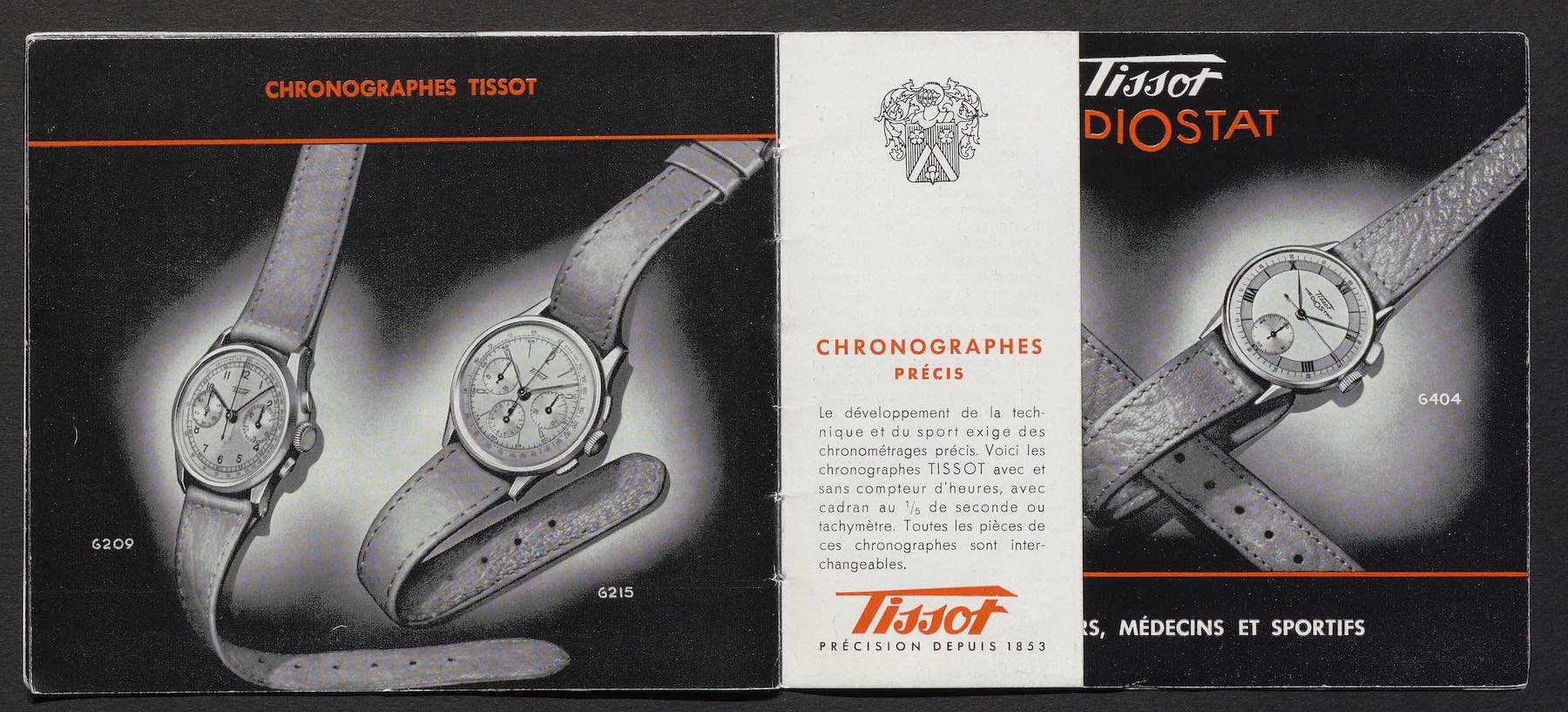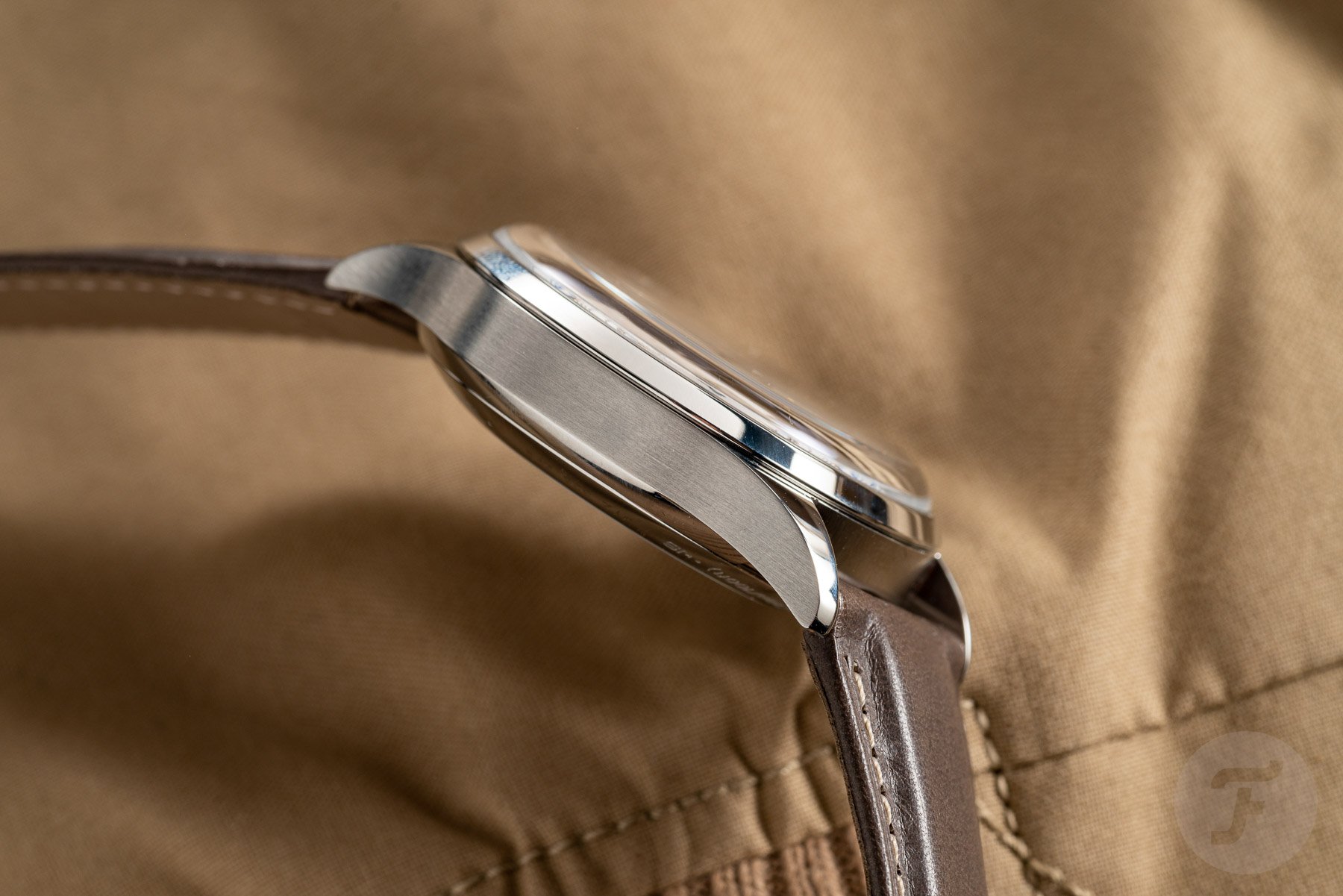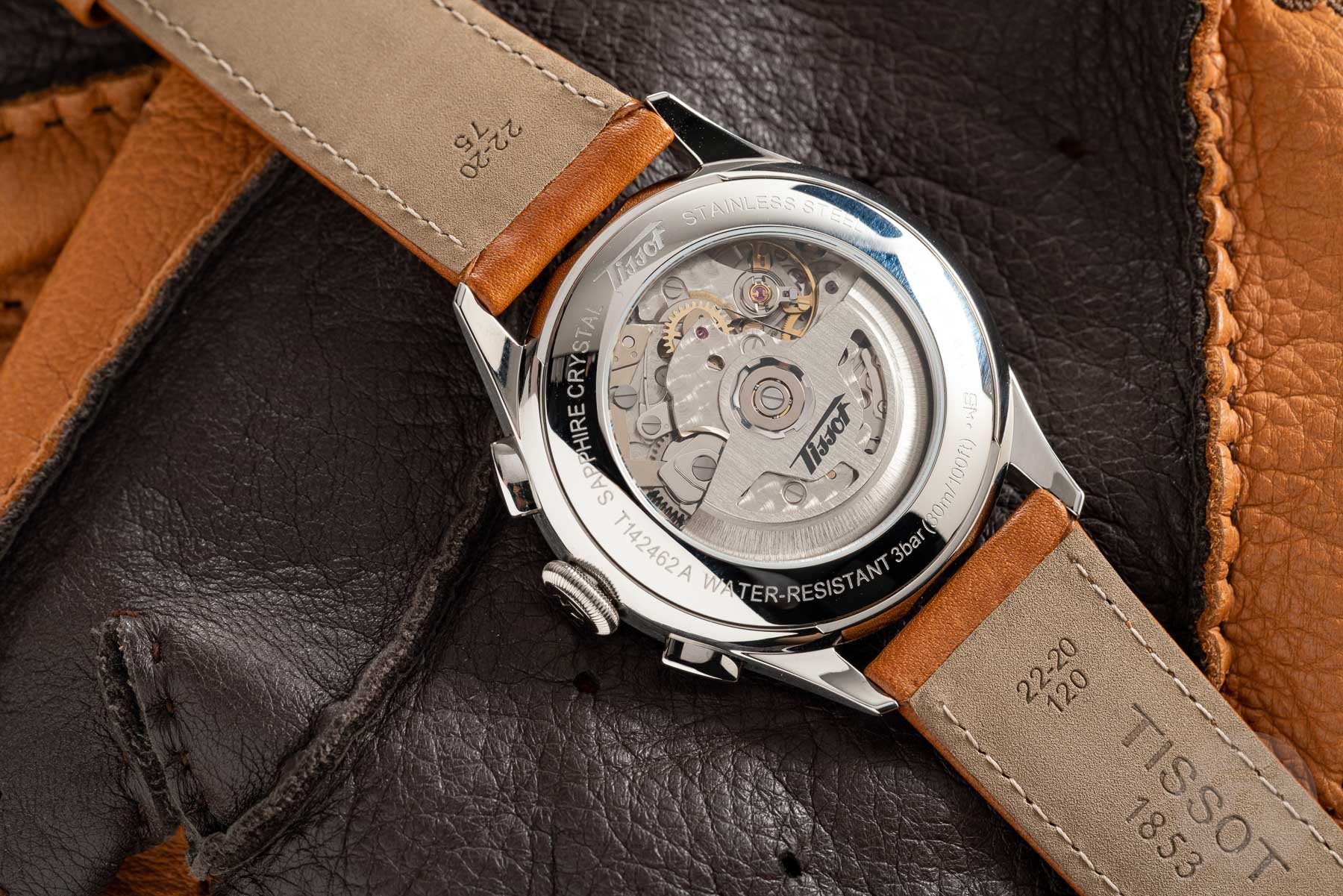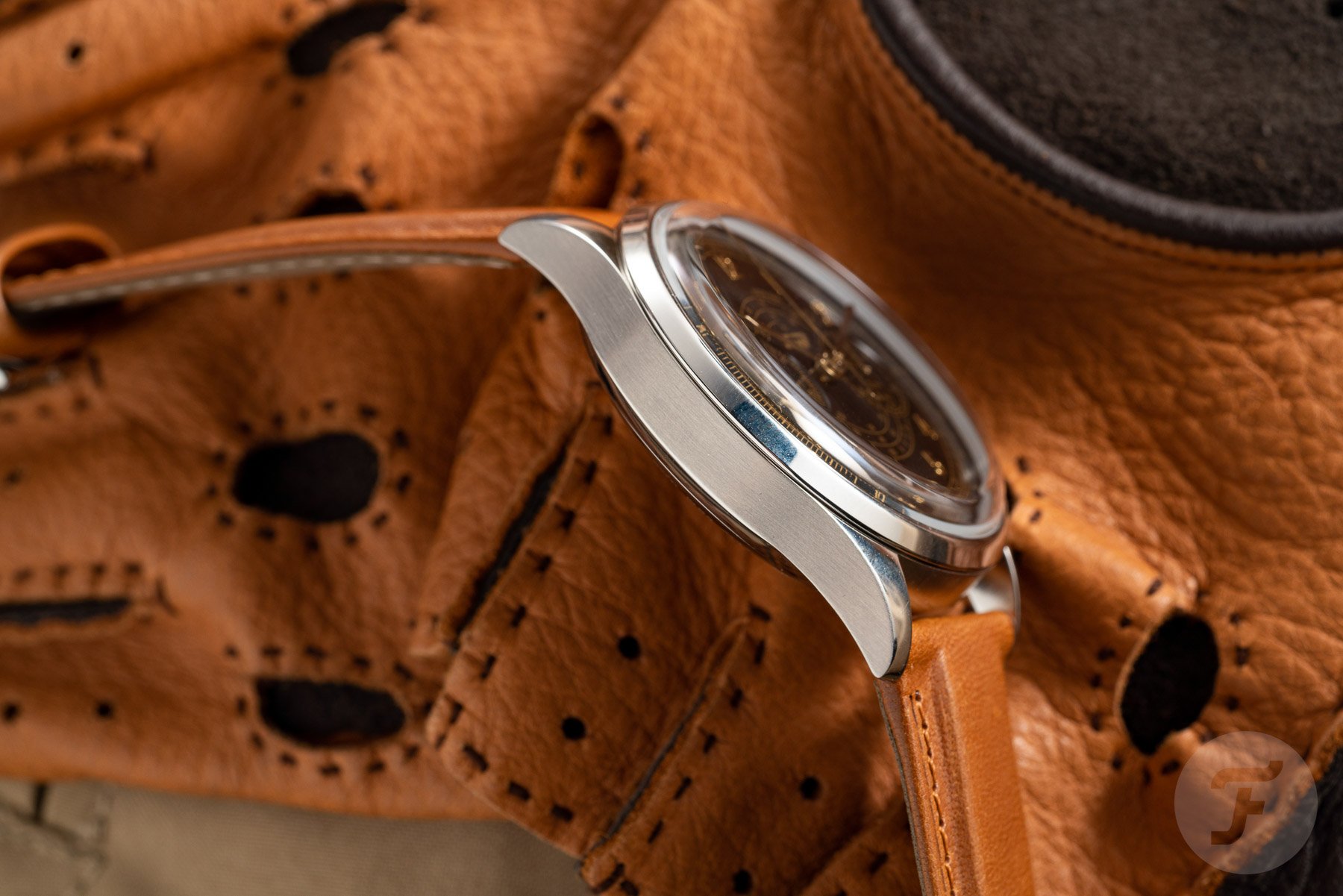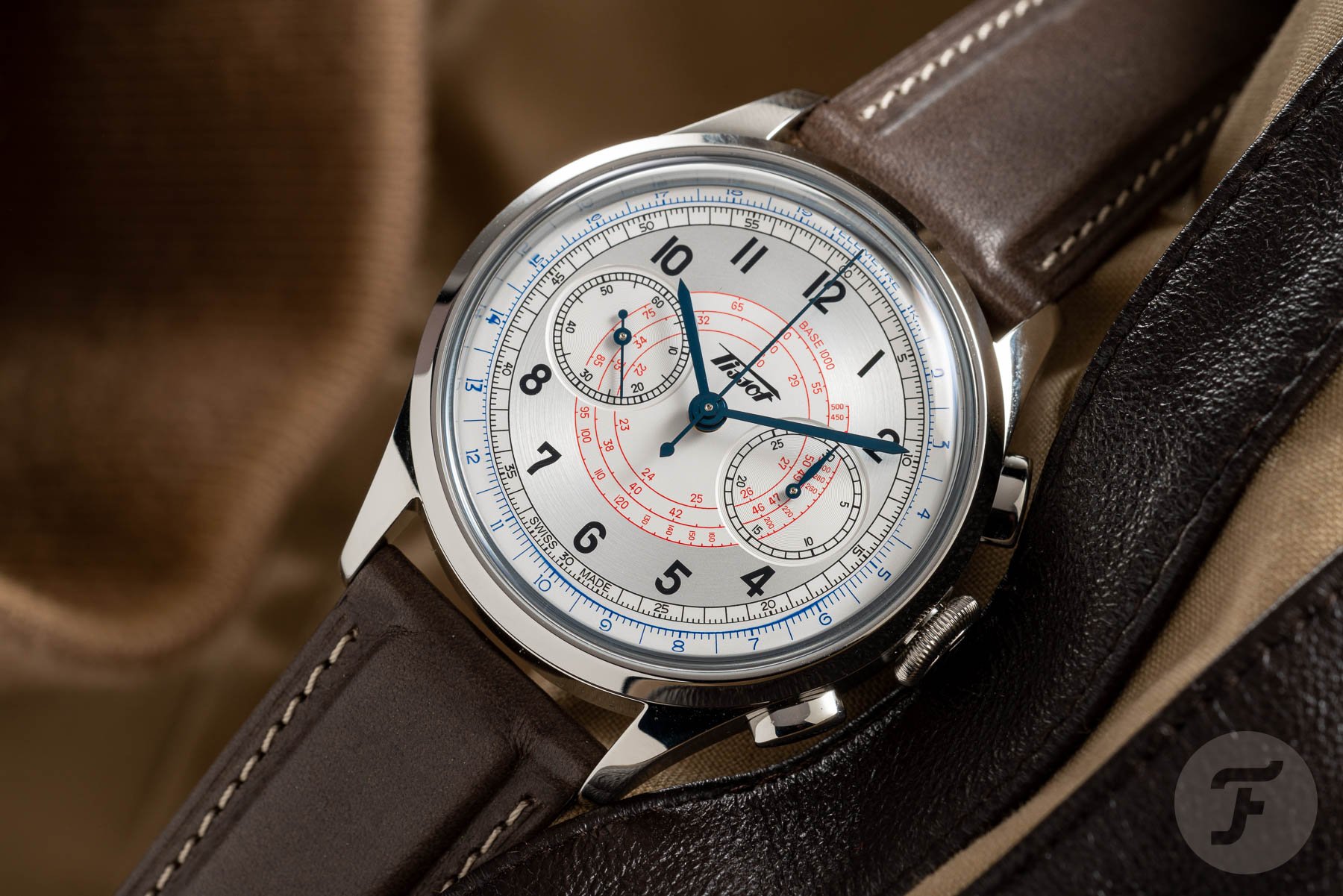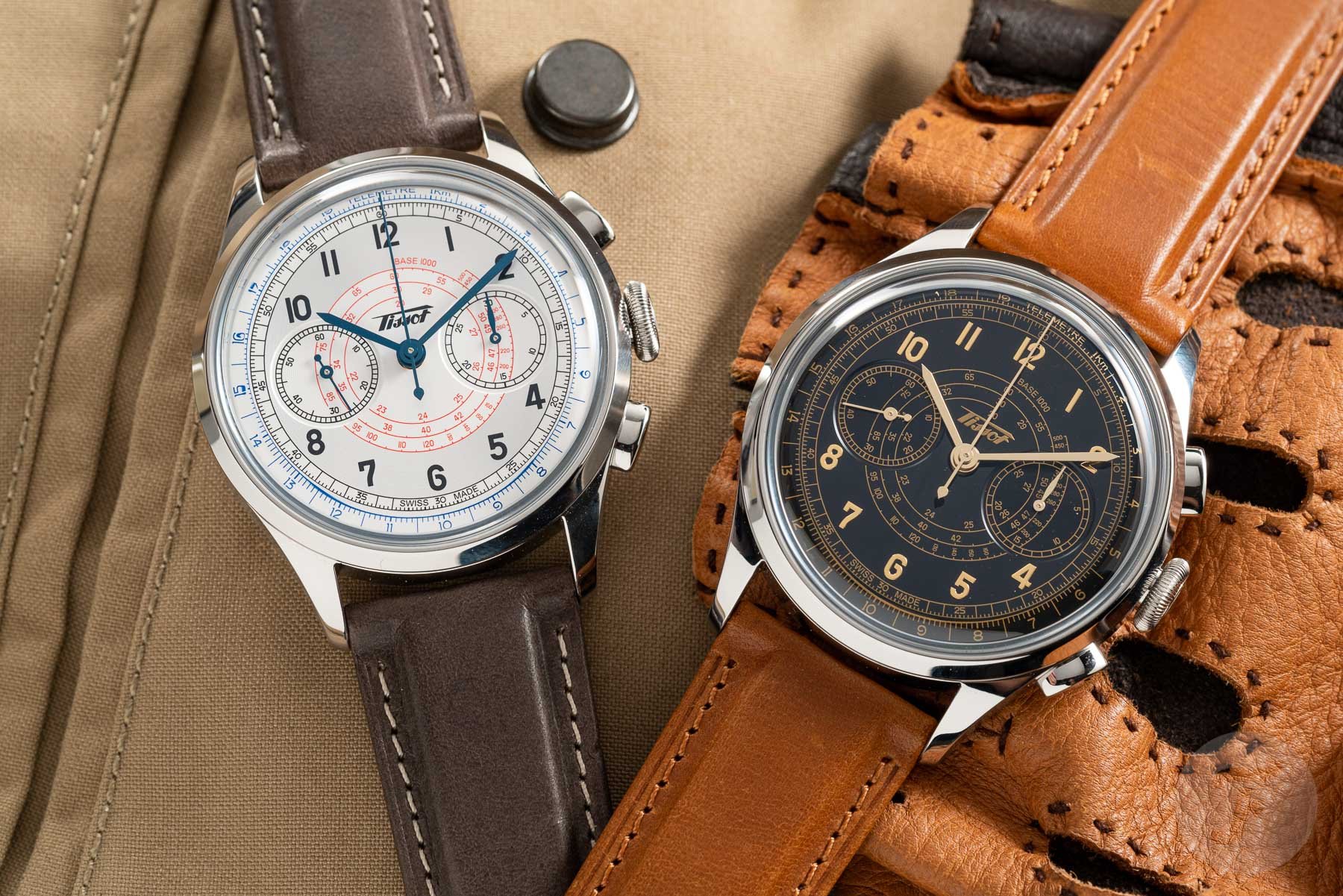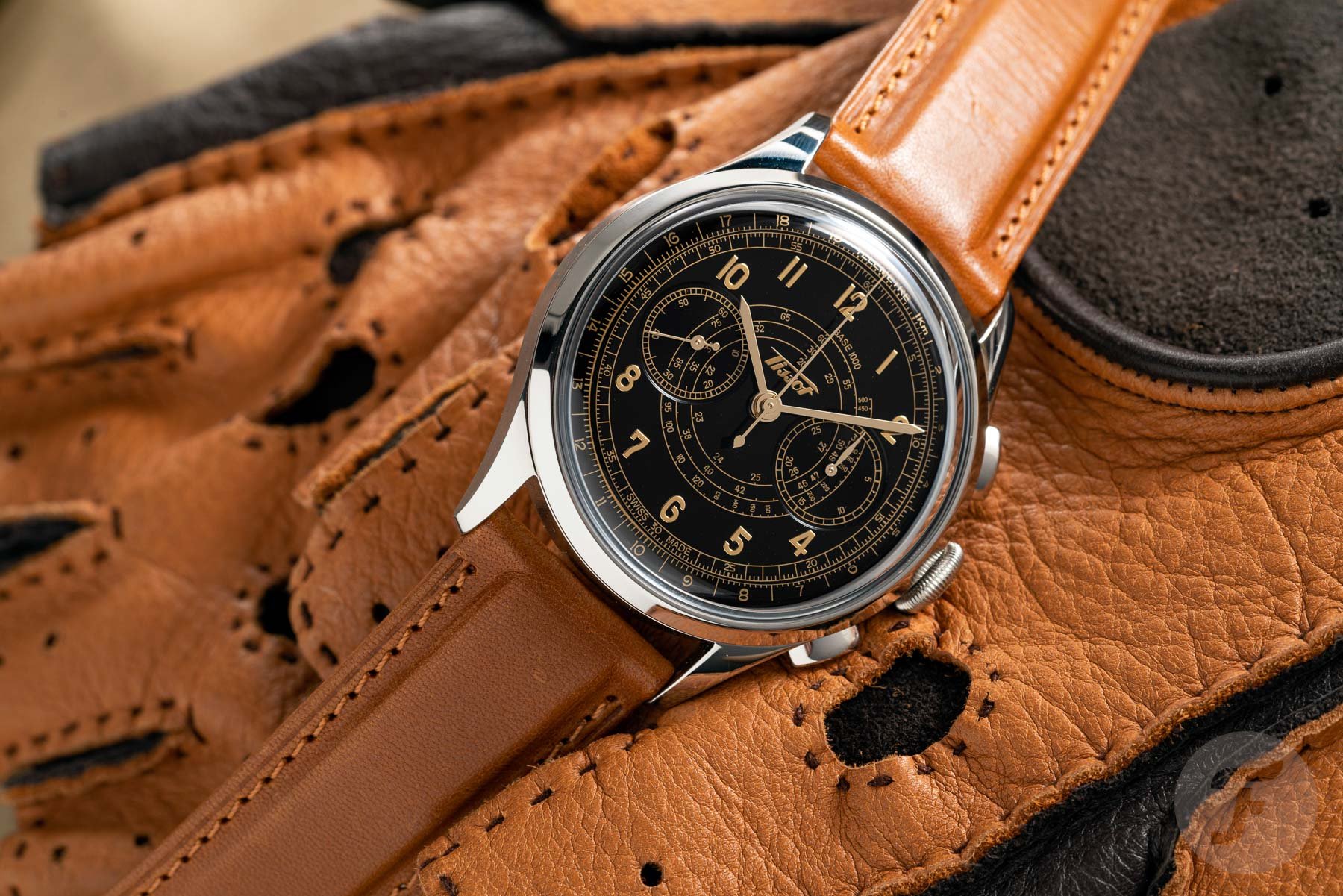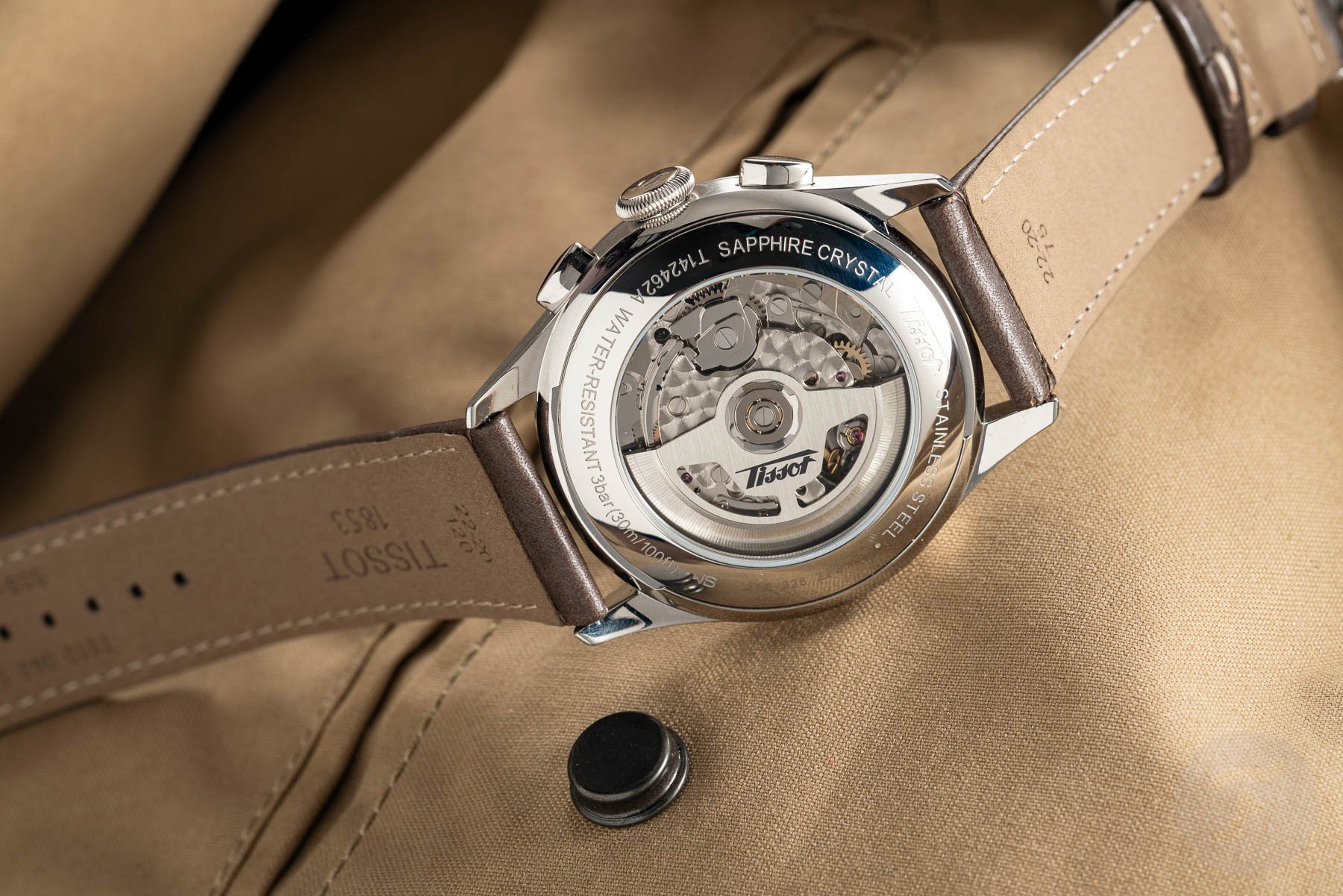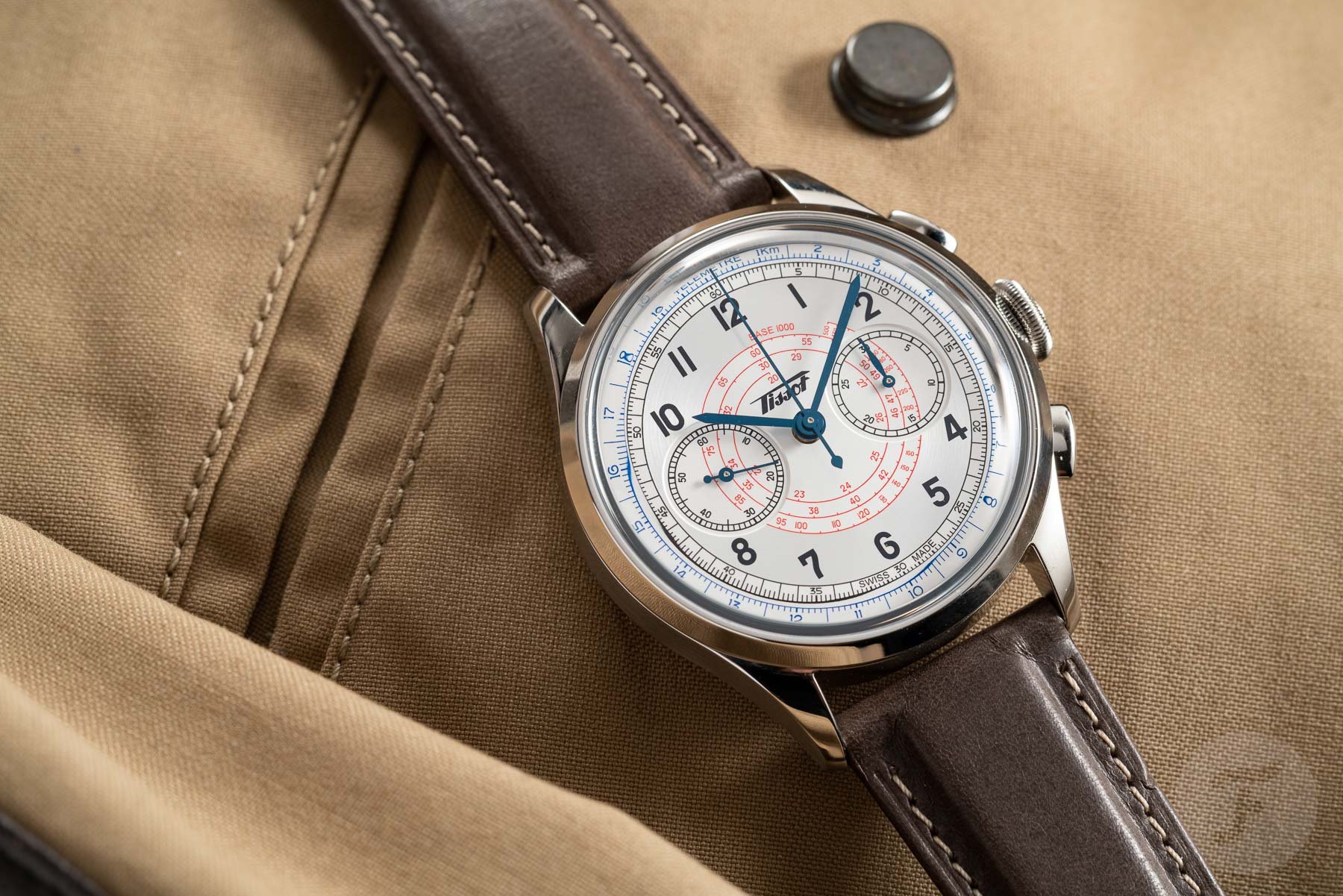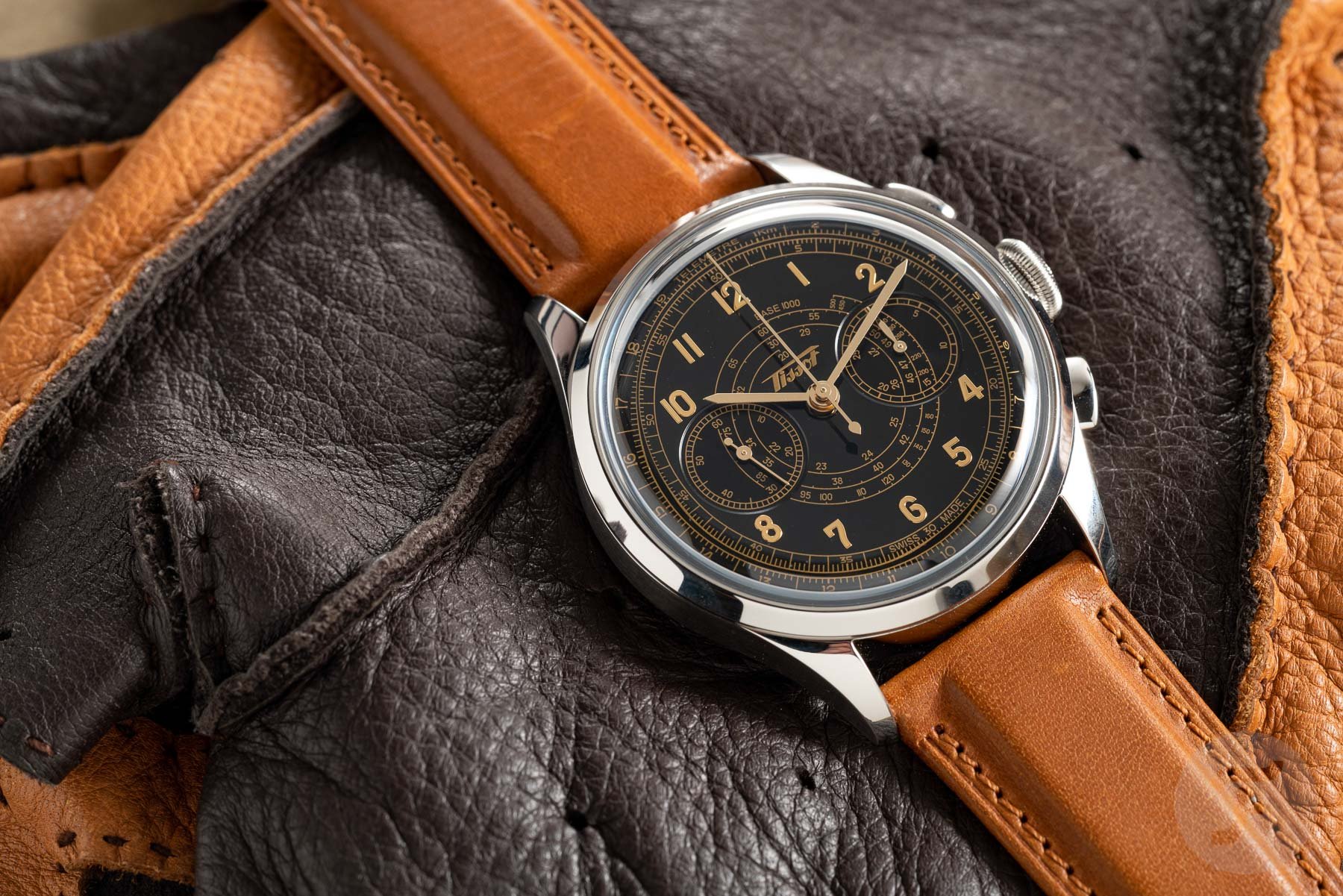Tissot’s Telemeter 1938 Journeys Back To Its Sports Timekeeping Origin
For a story that started 84 years ago during a ski race in the Swiss Alps, Tissot’s timing to reminisce with a vintage-inspired model was peculiar. Back in July this summer, the heritage watchmaker introduced the 42mm chronograph Telemeter 1938 in two color variants to do just that. Nevertheless, it is a story worth telling because it captures the very start of Tissot’s sports timekeeping history.
How it all started
Our timing is better now as we edge into the last quarter of the year. As the story goes, the protagonist was Vital Thiébaud, and the year was 1938. Thiébaud helped mold the future of the Swiss watchmaker when he used a Tissot chronograph to time a race at the Swiss ski resort of Villars-sur-Ollon. This marked Tissot’s official entry into the world of sports timekeeping, a venture the brand holds dear to this day.
How it has prospered
The moment was such a historic one for Tissot that it was documented in the company’s archives. Over eighty years on, sports timekeeping has become Tissot’s house specialty for world-class events and organizations, such as the NBA, the Tour de France (as I covered in this article just days ago), and MotoGP. To honor this rich legacy, Tissot revives Thiébaud’s chronograph in a modern-day iteration with a newly-upgraded mechanical movement. The result is the aptly named Telemeter 1938.
Where to start?
Given the new name “Telemeter”, it would be obvious to begin with that in order to appreciate the watch. Now, I don’t know how many of you are into your chronographs to the point that you actually make use of a common feature, the tachymeter. But I can bet there is an even smaller portion of you who use the telemeter. Don’t worry, this is not a test. We are here to enlighten.
How to measure distance
Simply put, a telemeter helps you work out the distance between your watch and a remote visible event with the speed of sound. As you start the chronograph at the point of seeing an event and pause the counting upon hearing it, it halts the chronograph seconds hand. Where the hand stops on the telemeter scale indicates how far away that observed event is. And if you want to brush up your WIS talk with more details, Brandon has shared a definitive guide to chronograph scales here and his top five telemeters here.
The defining features
With that out of the way, we can home in on the bi-register Telemeter 1938 with its vintage-inspired dial. The telemeter scale is printed on the outer ring. Working inward, there is the minute track, then Arabic numerals, and a spiraling tachymeter scale in the central circular section. Two railroad-style counters sit on the left and right to display running seconds and a 30-minute recorder respectively. Some may find the crossed sections messy, but they also look quite academic with a “serious instrument” aesthetic.
A vintage look
The Telemeter 1938 utilizes a 42mm stainless steel case with contrasting brushed and polished surfaces. It measures 13.9mm in thickness, weighs 109 grams, and provides water resistance of 30 meters. The tapered lugs, oval-shaped pushers, and oversized fluted crown add old-school elegance in homage to the original Tissot chronographs. A brown Italian leather strap that should patinate over time finishes off the vintage look. Sealing off the case are a box-shape crystal with double-sided anti-reflective coating and an exhibition case back.
An up-to-date mechanism
Showing through the rear is the newly upgraded Valjoux A05.231 automatic chronograph movement. This caliber boasts a highly-touted Nivachron balance spring, a new rotor design for Tissot’s Heritage collection, and an extended 68-hour power reserve. It beats away at 28,800vph, meaning you don’t have to sacrifice precision for a longer run time.
This new Telemeter 1983 comes in two variations. The silver-white-dialed version features blued hands, a blue telemeter scale, and a red tachymeter scale. The black-dialed version has gold-finished hands with matching dial printing. Both versions retail for €2,095 including VAT or $1,950 in the US.
For more information, visit Tissot’s official website.

